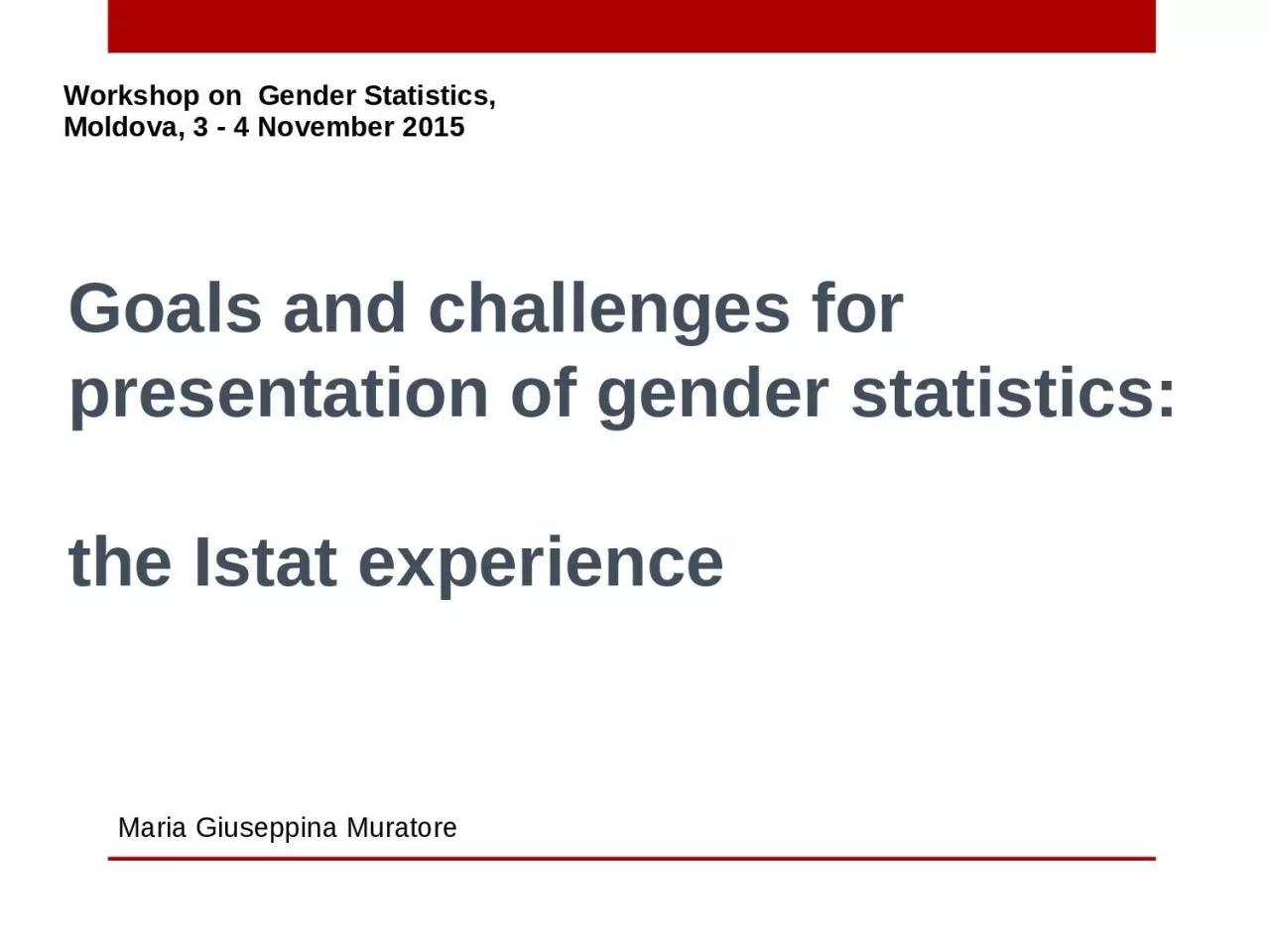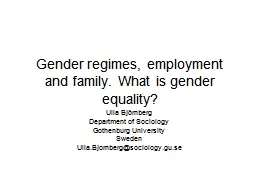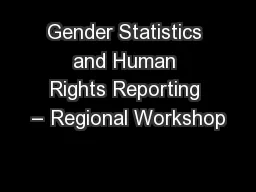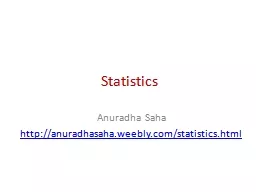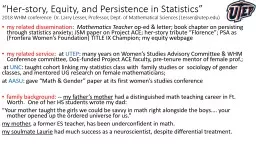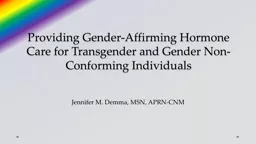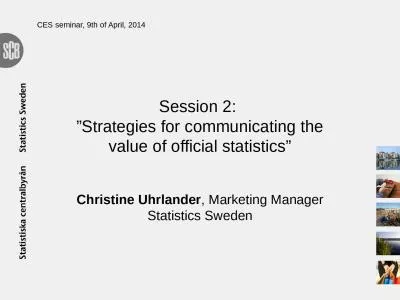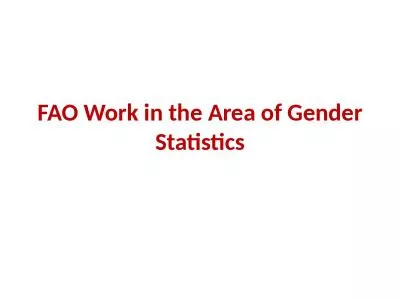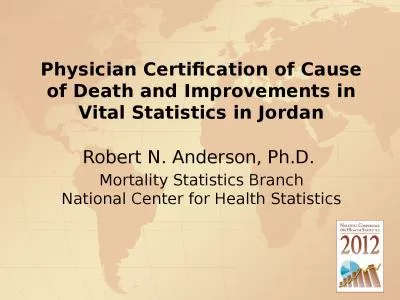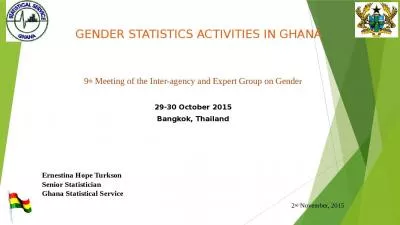PPT-Goals and challenges for presentation of gender statistics:
Author : PrettyInPink | Published Date : 2022-08-02
the Istat experience Workshop on Gender Statistics Moldova 3 4 November 2015 Maria Giuseppina Muratore An important instrument to know what women and men have
Presentation Embed Code
Download Presentation
Download Presentation The PPT/PDF document "Goals and challenges for presentation of..." is the property of its rightful owner. Permission is granted to download and print the materials on this website for personal, non-commercial use only, and to display it on your personal computer provided you do not modify the materials and that you retain all copyright notices contained in the materials. By downloading content from our website, you accept the terms of this agreement.
Goals and challenges for presentation of gender statistics:: Transcript
Download Rules Of Document
"Goals and challenges for presentation of gender statistics:"The content belongs to its owner. You may download and print it for personal use, without modification, and keep all copyright notices. By downloading, you agree to these terms.
Related Documents

